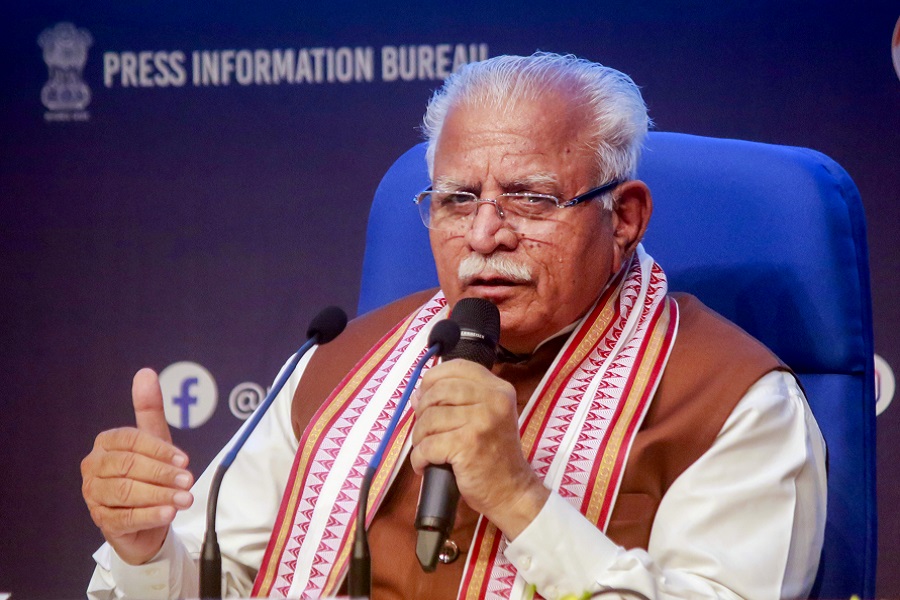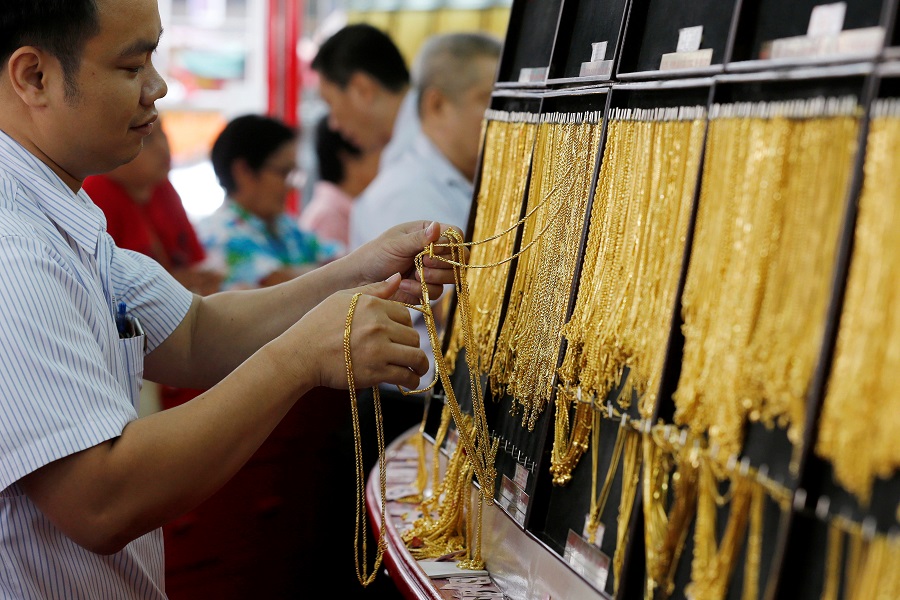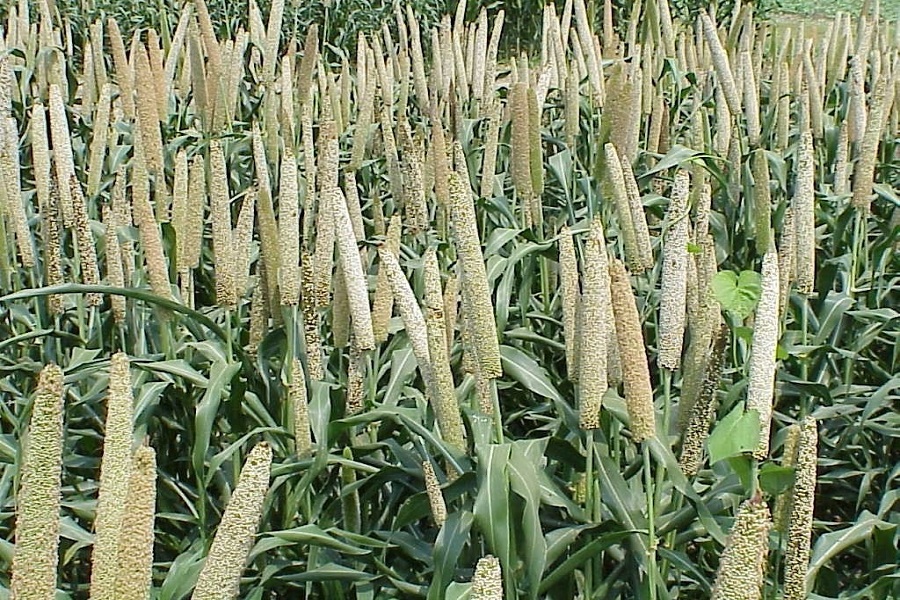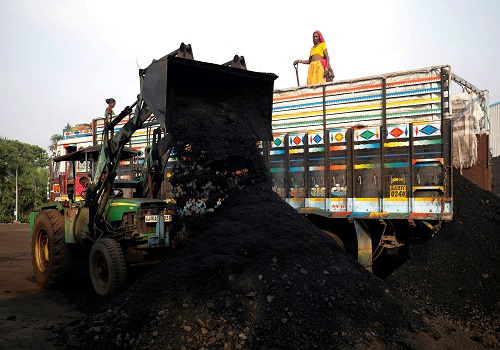Coal PSUs have created 16 eco-parks on 10,942 hectare green cover in 5 years: Government

Coal & Lignite public sector undertakings (PSUs) under the Ministry of Coal have established 16 eco-parks during the last 5 years in and around coal mining areas to promote environmental regeneration as well as tourism and recreational activities, Minister of Coal and Mines G. Kishan Reddy informed the Rajya Sabha on Monday.
To increase green cover in and around coalfields, Coal India Limited (CIL), NLC India Limited (NLCIL) and Singareni Collieries Company Limited (SCCL) have created a green cover of 10,942 hectares as part of their plantation and bio-reclamation efforts in and around coal and lignite mining areas, the minister said.
The PSUs have adopted innovative techniques in addition to traditional methods of plantation. These include three-tier plantations, seed ball plantation, Miyawaki plantation, high-tech cultivation, bamboo plantation, and plantation on overburden dumps using drip irrigation, he explained.
The Ministry of Environment, Forest and Climate Change (MoEF&CC) prescribes various specific and general conditions related to plantation in the Environmental Clearance (EC) of coal mining projects. These conditions encompass measures for plantation on reclaimed degraded forest and non-forest lands. As per the EC conditions, for reclamation and green belt development, plantations are carried out in coal mining areas, including external overburden dumps and reclaimed degraded forest as well as non-forest lands, the minister said.
The eco-friendly green cover helps to serve as a dust barrier and retain groundwater as well.
The Miyawaki method of plantation that is being widely adopted was pioneered in the 70s by Japanese botanist Akira Miyawaki. It involves planting native trees, shrubs and groundcover plants within every square metre.
This method aims to create dense, native, and biodiverse forests in a short period of time. These forests retain ground water and help to recharge the groundwater table. With this method, trees grow 10 times faster and the plantations act as a sound and dust barrier. For the successful implementation of the Miyawaki Plantation method, the focus will be on planting indigenous species of plants that can survive in the local climate and soil conditions.
























